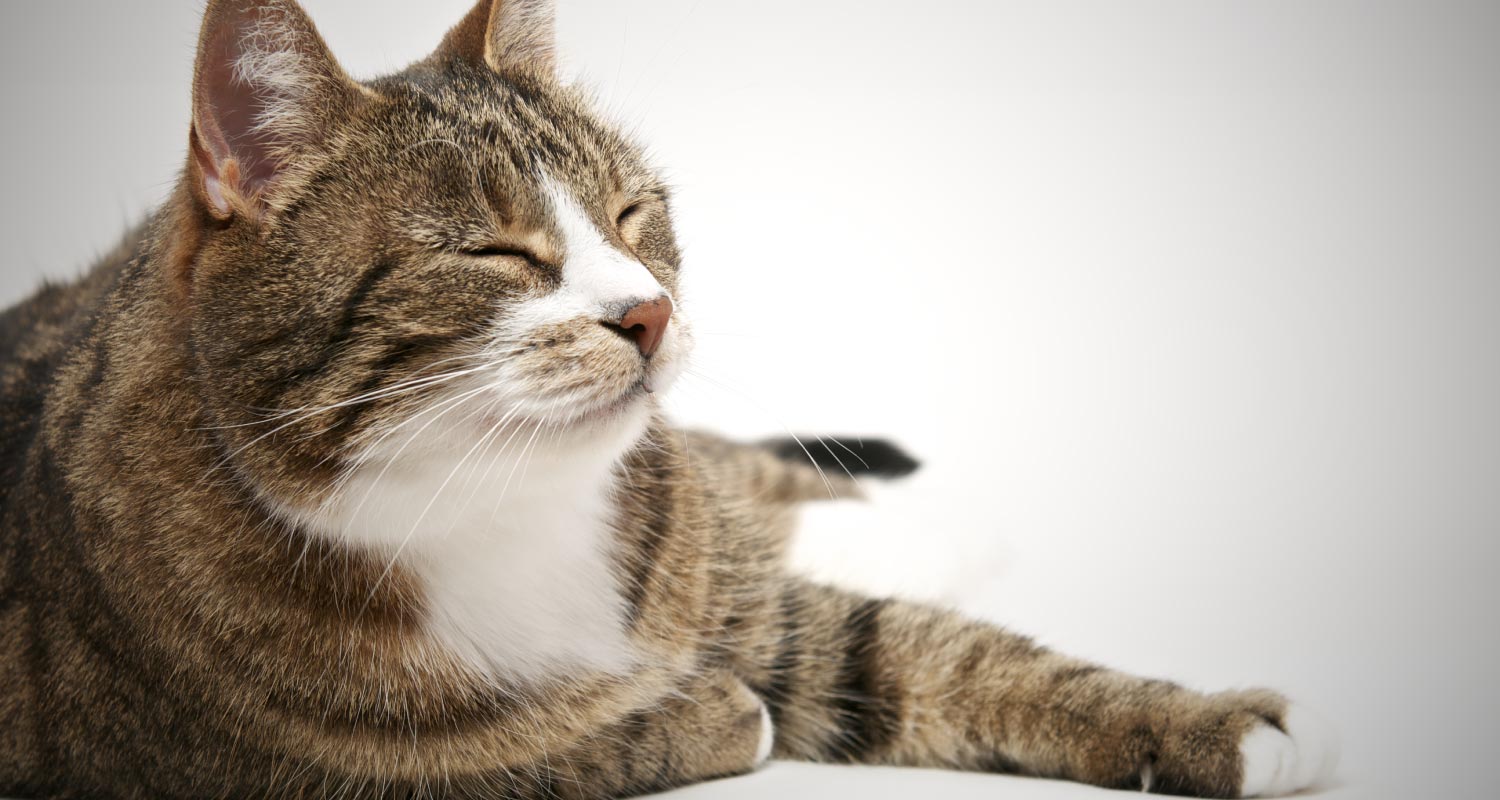HEALTH & WELLNESS

VOTING BOOTH

TRENDING

LIONS FOUNDATION OF CANADA DOG GUIDES
Lions Foundation of Canada Dog Guides and its founding program, Canine Vision Canada, was established in 1983. It’s the largest school of its kind in Canada with its training school in Oakville and breeding facility in Breslau.
CKD – The Silent Disease

The crucial functions of the kidneys include removing toxins and excess water from the body; maintaining water, salt and acid balance; producing hormones and maintaining normal blood pressure. When the kidneys are weakened, the results can be devastating.
Chronic Kidney Disease (CKD) is mostly a progressive disease and clinical signs are initially unnoticeable or subtle and mild. It is recognized that around two thirds to three quarters of the total functioning kidney tissue (of both kidneys) can be lost before signs of CKD will develop.
Unfortunately, signs will worsen over time and others may arise due to accumulation of toxins in the blood or complications from the body trying to adapt to the disease.
STAGES OF KIDNEY FAILURE IN CATS
It is recognized that kidney disease has four stages. They are:
Stage I: Early Insufficiency
Kidney function is estimated at lower than 99%, but higher than 33% and seeing clear symptoms are abnormal. In most cases, only tests can diagnose stage I kidney disease. It’s not a stage that should cause panic, but lifestyle improvements are recommended if a diagnosis has been made.
Stage II: Late Stage Insufficiency
In stage two, kidney function drops to roughly as low as 25%. They can still do their job, but it’s getting harder. In some cases, water intake and urination already increase. High creatinine levels, low electrolyte levels and high blood pressure can lead to diagnosis. Treatment should start once diagnosis is made.
AS CKD PROGRESSES, SYMPTOMS ARE NO LONGER SILENT.
Stage III: Early Kidney Failure
Function can drop to as low as 15%. Tests may also show higher creatinine levels than before and abnormally low electrolyte levels. The following symptoms are likely to start showing because the kidneys can no longer properly play their role:
- Dry fur
- Eating less
- Less active
- Weight loss
- Increased drinking
- Increased urination
- High blood pressure
- Secondary bladder infections
- Increased nausea (fussy, eating less & vomiting)
Proper treatment is crucial at this point.
Stage IV: End Stage
When this stage is reached, kidney function is lower than 15% and life expectancy is less than a year. With even more painful symptoms and increased severity of existing symptoms, quality of life is very poor. Unfortunately, you may have to make a decision about your cat’s future.
EARLY DIAGNOSIS AND MANAGEMENT FOR BETTER QUALITY OF LIFE
Routine screening of all mature and older cats can help early diagnosis so that treatment and management of the disease can be initiated to prolong a good quality of life.
The only way you can get ahead of kidney disease in cats is through routine veterinary monitoring and regular testing (yearly or twice yearly). Urine and body weight should be monitored at each visit.
Early signs that CKD may be present is a decline in urine concentration or body weight. Tests for CKD may include:
- Urinalysis
- Bloodwork (measuring urea, creatinine and/or SDMA)
- Ultrasounds
- X-rays
The goal is to delay, manage and treat serious, irreversible conditions such as chronic kidney disease as early as possible. Management and treatment can improve the quality of life of cats with CKD and also slow the progression of the disease.








